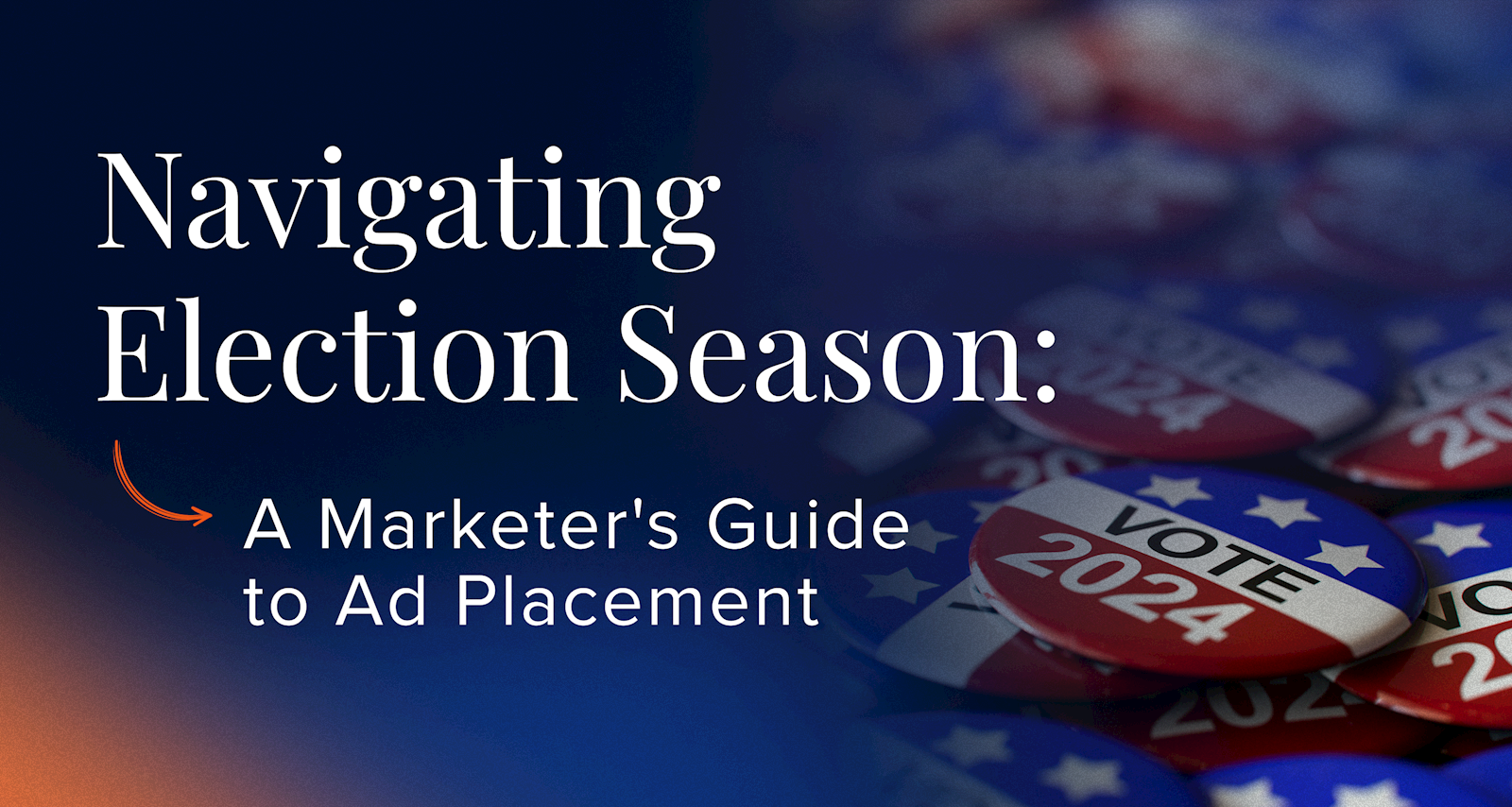7 Strategies for Navigating Ad Adjacency to Political Content
Published by Spinutech on August 12, 2024

You don’t need me to tell you it’s election season.
Election season announces itself as gracefully as the Kool-Aid Man bursting through a wall, with a blitz of political ads across websites, social media platforms, and other digital channels.
This flood of advertising can create challenges for brands who may soon find their own ads appearing alongside political content they may or may not want to be associated with.
How Election Season Advertising Can Create Challenges for Your Brand
- Brand Safety. Appearing next to political content can potentially harm a brand's image or reputation, especially if the content is controversial or divisive.
- Consumer Perception. Consumers tend to associate brands with the content surrounding their ads on social media, including posts, videos, and images. This association can impact consumer opinions and purchasing decisions.
- Platform-Specific Challenges. Each social media platform or digital channel has varying levels of control and transparency regarding ad placement, making it difficult for advertisers to consistently ensure brand suitability across all platforms.
7 Strategies for Navigating Ad Adjacency to Political Content
Maneuvering through the political landscape doesn't mean throwing your entire marketing plan away, but there are some areas where you can adjust your strategy to protect your brand.
1. Use Advanced Targeting & Contextual Advertising
Leverage sophisticated targeting tools and contextual advertising to limit your ads to appearing in relevant and, most importantly, non-political contexts. This will help ensure your ads are being placed alongside content that aligns with your brand’s values and messaging.
2. Implement Robust Brand Safety Measures
There are brand safety tools and technologies available to you that can help prevent your ads from appearing next to controversial or divisive political content. This includes setting up negative keyword lists, placement exclusion lists, and sensitive category exclusions.
3. Diversify Your Ad Placements
Reduce the risk of political content adjacency by spreading your advertising efforts across various platforms and formats, mitigating the impact of political ad saturation on any one channel.
4. Identify Platforms That Reject Political Advertising
Consider shifting your ad spend towards platforms that do not allow political advertising, such as LinkedIn, Spotify Ad Studio, and TikTok. These platforms may offer a less politically-charged environment for your brand messaging.
5. Invest in Programmatic Guaranteed Deals & Private Marketplaces
You can take more control over where ads appear by securing premium ad placements through programmatic guaranteed deals and private marketplaces (PMPs), reducing the risk of your advertising appearing alongside political content.
6. Adjust Timing & Budget Allocation
You may need to be more strategic in your campaign planning. Take steps to avoid peak political advertising periods or at least adjust your budgets to maintain visibility during these times. It could even be worth it to increase your budgets during election seasons to compete effectively.
7. Exclude Political Placements
Monitoring your ad placements closely can help mitigate high CPMs driven by political ads. By excluding news websites, political websites, political keywords, and controversial topics, you can avoid competing with political advertising.
The Key to Election Season Ad Strategies is Adaptability
Advertising during an election year can be challenging, but with a strategic approach, you can find your way through it. Understanding the landscape and adapting your strategies accordingly allows you to navigate the complexities and come out ahead.
If you’re looking for a navigator who knows the lay of the land, let’s chat.